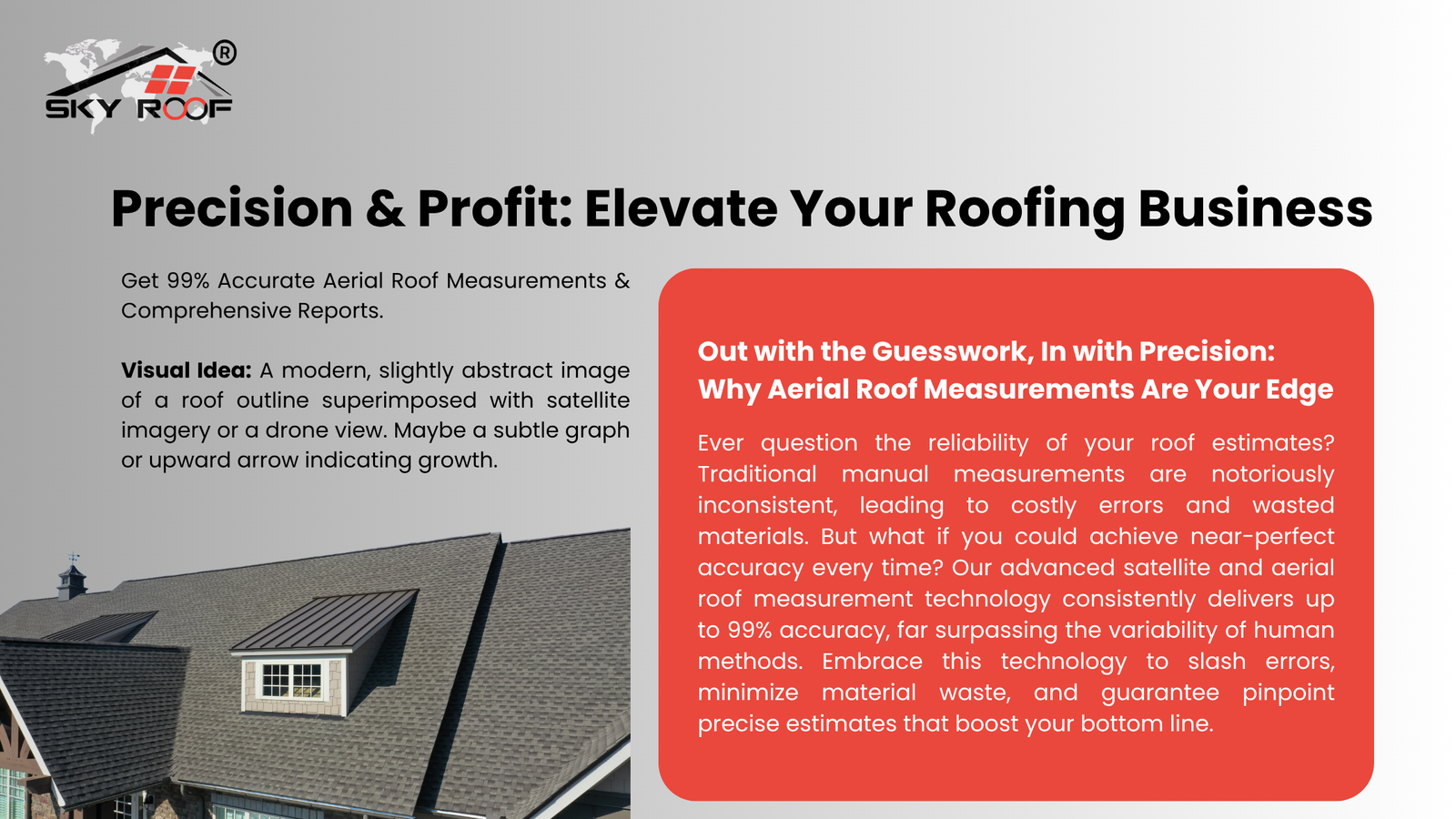
Understanding Flat Roofs: Overhangs, Slope, and Cost Explained
Flat roofs are a popular architectural choice for modern homes, commercial buildings, and urban developments. Known for their clean lines and efficient use of space, they also require less maintenance than traditional pitched roofs. However, before investing in a flat roof, it's important to understand a few key factors:
How far should a flat roof overhang?
Do flat roofs have a slope?
What is the cost of a new flat roof?
Let’s explore these in detail.
🏠 How Far Should a Flat Roof Overhang?
One of the first design questions that arises is:
"How far should a flat roof overhang the building's exterior walls?"
Typically, a flat roof overhang extends about 24 inches (2 feet) from the exterior walls. This is considered a standard maximum for most residential and light commercial structures. At this length, the overhang:
Protects walls and foundation from rain and UV damage
Enhances energy efficiency by providing shade
Prevents water damage by directing runoff away from the building
⚠️ Can a Flat Roof Overhang More Than 2 Feet?
Yes, it can—but with caution.
Overhangs extending beyond 2 feet require structural reinforcement, such as:
Support brackets
Steel beams
Cantilever framing systems
Without these, longer overhangs are vulnerable to sagging, structural stress, or failure, especially in snow-prone or high-wind areas.
✅ Tip: If you're planning a dramatic, extended overhang for aesthetics or added shading, consult a structural engineer or licensed contractor to ensure it's safely supported.
🧠 In Summary:
2 feet (24 inches) is a safe and effective standard.
Anything longer must be engineered and reinforced to ensure safety and durability.